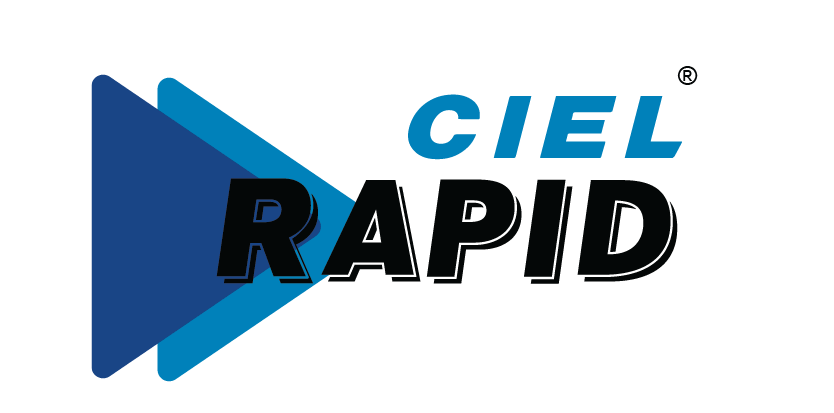
It was a leisurely lunch meeting with an old colleague who is on an entrepreneurial journey. We chatted about multiple things, market opportunities to organisation design. The discussions were invigorating to say the least. We realised, these on-the-job learnings were contrary to what we learnt in management schools.
Strategy and Structure: what comes first?
In our past experience and days at university, we penned down a vision which led to a strategy and we built a structure to suit the execution of the strategy. But in our experience of building businesses, we walked through our life events over the past few years and concluded that the vision keeps evolving, let alone the strategy.
For us, people were at the heart of the businesses we built, especially because those were in the services sector. As a start-up, we had a business plan that won the confidence of the investors for the seed money.
We did not start with a vision and strategy. Rather, we started with looking for a handful of key people. We as entrepreneurs did not focus on searching for people with high levels of competencies. Rather, we looked for trust and commitment of the individuals and how well we related with them. We thought about the group dynamics of the start-up team. As long as the competencies were at a reasonable level and the other aspects were high, we were certain of a harmonious ride all along the mission.
We built teams around these key people. Structure came into existence. Over time, the ambitions and vision of the team got aligned. The resolve to succeed got stronger and we kept experimenting various formulae for success.
We started with a mission, built a structure and then kept evolving the vision and strategy.
Read also: Captivate your audience
Straddling multiple boats or focus on few
During the first few formative years or months, the leader continues to straddle multiple boats, right from being the telephone operator, customer service agent, salesperson, production executive to warehouse manager, finance manager, IT analyst and strategist. As the business starts growing and attracting more investments, specialists get hired to carry out specific jobs and draw up function-specific plans. Yet the top team has to keep carrying out tasks hands-on and guiding the team along the core beliefs of the company.
People get used to a certain way of life depending upon the work environment they come from. They develop an idea of their comfort zone over a period of time. They join a start-up because the challenges it offers and hence, the opportunities to grow in their career. However, many of them forget the reality of a start-up which is a lot more dynamic, volatile and hands-on compared to an established organisation.
Common wisdom says that leaders must delegate tasks appropriately and carry out the tasks that need to be done only by them. However, in a start-up, they straddle multiple boats and seamlessly move across them. Focus on a few tasks is for leaders in well-oiled companies with a stable work environment.
Read also: HR for the next decade
Dynamics vs Mechanics
We learnt in our B-schools and reputed organisations with strong management practices that a leader must strengthen the team, encourage them to work together, hold open and honest conversations to manage conflicts, keep biases away in decision making and make sure that the processes are run coherently and rigorously. We were trained that mechanics are the hallmarks of execution and team dynamics are to be managed without diluting any of these. Do these principles work well all the time?
In our experience of building businesses, the leaders have to let go some of these principles in exceptional situations. There is no scientific formula to say when issues of team dynamics, internal environment and individual eccentricities must be given priority over operational mechanics. A leader in his or her experience has to decide when and how much to loosen the grip of process rigour and rational approach. They have to let the creative minds blossom in spite of their rough edges, decide when to offer negative feedback, nudge them to align with company’s practices and beliefs. This is a passing phase for the organisation where the leader has to change gears as the organisation matures into a larger entity over time and mechanics gets priority over dynamics.
It was an interesting luncheon at the end of which we discovered certain nuances of leadership excellence in a start-up vs an established organisation. Our experiences only validated our new-found theories which were contrary to what we were taught at B-schools.
Read also: Talent Brand : Build and Leverage

